Understanding debt mutual fund risks, and how to combat them
By Niranjan Avasthi
It is well known that optimal portfolio diversification can help you generate compelling risk-adjusted returns, that is, mitigate downside risk while maintaining the upside potential of the portfolio. Generally, we gravitate towards debt investments to give our portfolio protection and towards equity investment to generate compelling long-term returns. However, it is important to understand that while equities are a riskier asset class, debt investments too have certain degrees of risk. Knowing and understanding some of the key risks in debt investments can help you better leverage the benefits of this asset class and choose the right debt fund for your portfolio.
Assume you invested Rs 100 in a 2-year bond which pays an interest of 10% per annum. After a year of holding the bond, the interest rates in the economy rise to 11%.
Now the bond which you hold has 1 year remaining to mature and pays 10% interest. But a new bond in the market with 1-year maturity now pays 11% interest as rates have risen. This makes your bond less valuable. If you want to sell this bond in the market then you will have to compensate the buyer by providing a discount of 1% (this is an assumption to reflect the 1% change in rates – the discount could vary). Hence, you will now have to sell it for less than Rs 99.
As a result of an increase in interest rates, the price of the bond that you were holding fell.
In the same example, assume that the interest rates fell by 1%. Now the bond that you are holding becomes more valuable than the bond in the market since the interest rate on this bond is higher than the prevailing interest rate in the market. Now, when you want to sell this bond, you will demand a premium of 1% (this is an assumption to reflect the 1% change in rates – the discount could vary) for the extra interest that it provides. Hence, you will sell it for Rs. 101.
As a result of a decrease in interest rates, the price of the bond that you were holding rose.
Impact of maturity on bond prices
The demand and supply at a certain interest rate is one aspect that impacts the price of a bond. The other aspect is the maturity or the holding period of the bond. Generally, the longer the maturity of the bond, the larger will be the change in price due to interest rate changes.
Assume you invested Rs 100 in a 5-year bond that pays 10% interest. After 1 year, the interest rate rises by 1%. To compensate the buyer for the remaining 4 years, i.e., for 1% loss each year, you will need to sell your bond at Rs. 96.
In the earlier example, where the bond’s remaining maturity was 1-year and the rate went up by 1%, you sold the bond at Rs. 99. In the second example, where the bond’s remaining maturity was 4-years and the rate went up by 1%, you had to sell the bond at 96.
Due to the uncertainty that persists over a longer holding period, the longer maturity bond witnessed a higher price change. Due to the risk associated with holding the bond for a longer time period, the seller needs to offer a higher discount or offer more compensation.
Choosing the right debt mutual fund
The NAV of a debt mutual fund responds to these changes. To arrive at a fair value of the bond, the mutual fund calculates its price daily after taking into account such changes in interest rates. As a result, the NAV gets impacted daily.
The calculations done above are rough estimations. However, they can be calculated by using Modified Duration. This measures how sensitive the price of a bond is to changes in interest rates.
Understanding modified duration: A modified duration of 5 years means that a 1.5% change in the interest rate or yield will impact bond price by 7.5% (1.5 x 5). Higher maturity bonds will have the higher modified duration and therefore, will witness higher volatility due to changes in interest rates.
How to use modified duration while selecting a debt mutual fund?
Your investment time period and ability to absorb volatility is directly related to modified duration. If you want to invest for 3 months and don’t want volatility in returns, you will be better off investing in a debt fund with a modified duration of 3 months rather than 3 years. The modified duration can be found in the factsheet of the fund.
This is because, if you invest in a fund with a 3-month modified duration, even if interest rates go up by 1%, your returns will not fluctuate much. However, if you invest in a fund having 3 years modified duration, then a 1% rise in interest rate can reduce the NAV by 3%.
How do you manage this uncertainty while investing in a debt fund?
There are 2 ways to manage this risk.
Match your investment horizon with the modified duration of the fund: For instance, if you are investing for 1year then invest in a fund with a modified duration of less than 1 year. This will reduce volatility in the returns due to changes in interest rate.Invest in target maturity funds: These funds have specific maturity like 3 years, 5 years or 10 years. They invest in bonds of the same maturity and hold them till they mature. Since the bonds in the portfolio are held till maturity, the risk is substantially mitigated. Whether interest rates go up or down, till the time you don’t sell the bond, it will not impact your returns (as you don’t have to sell at a discount). Similarly, if you stay invested in a target maturity debt fund till its maturity, your returns can be similar to what they were when you invested in the fund (yield at the time of investment). While the NAV may intermittently fluctuate, no loss or gains are realised since the bond is held till maturity. You can simply select a fund with a target maturity that suits your needs and stay invested till its maturity. This reduces the impact of interest rate changes on your returns.
Niranjan Avasthi is the Head – Product & Marketing, Edelweiss Asset Management Limited (EAML) and the views expressed above are his own. Please consult your financial advisor before investing.


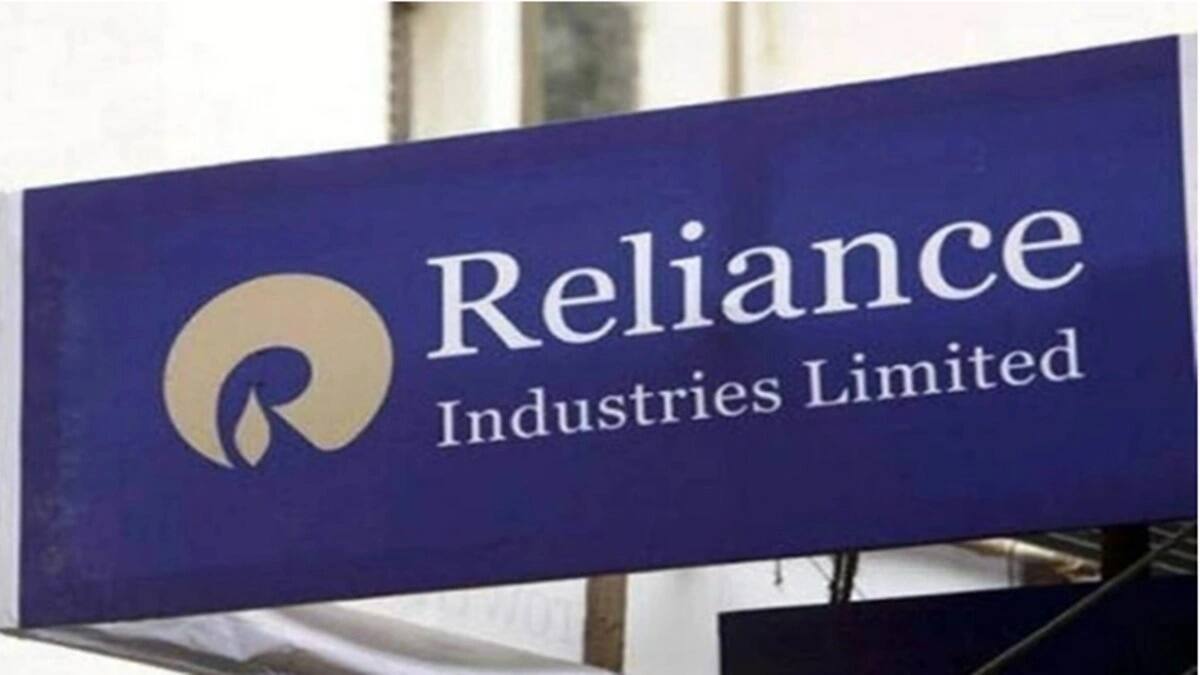
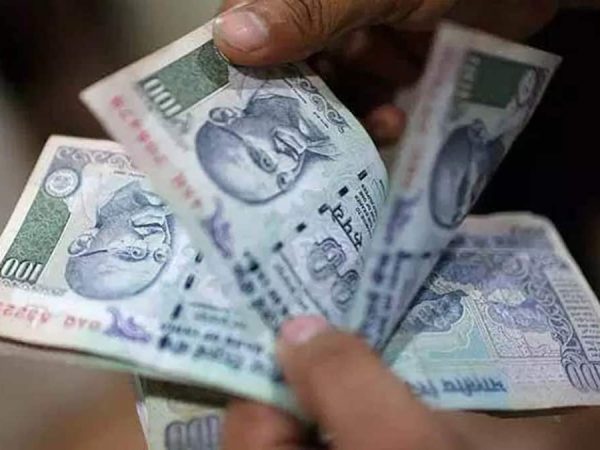



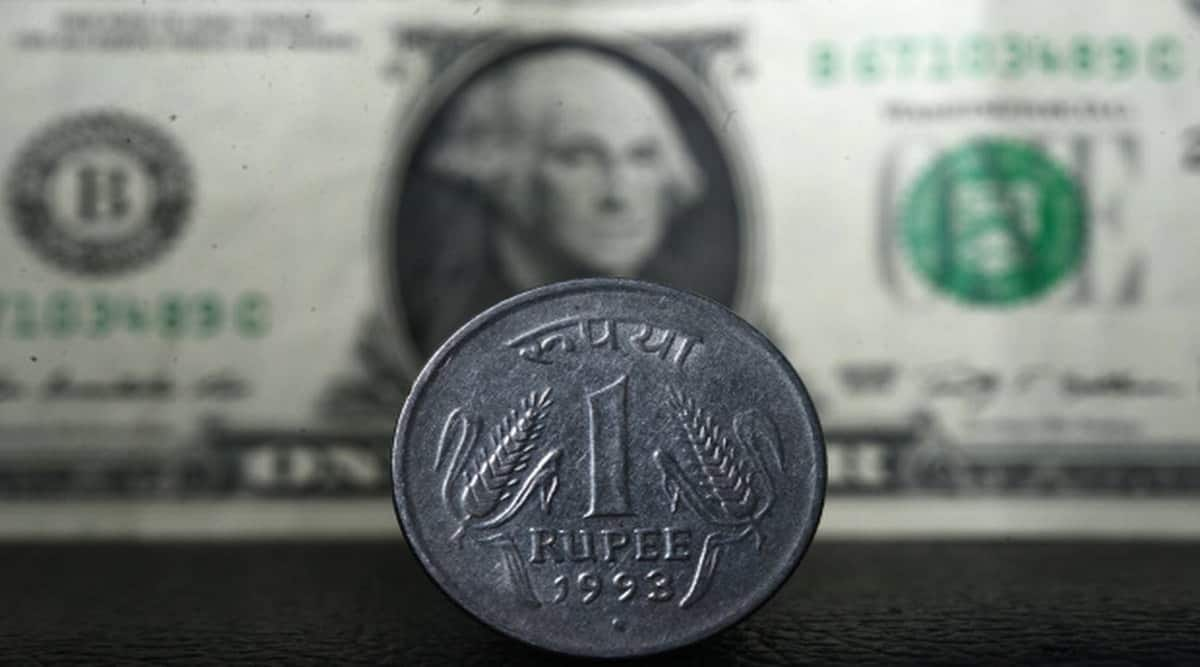
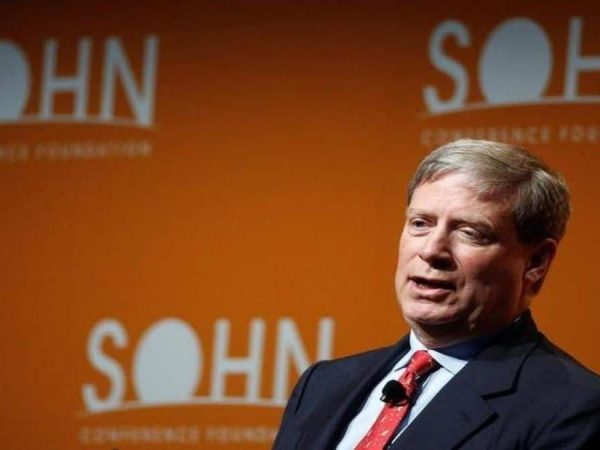
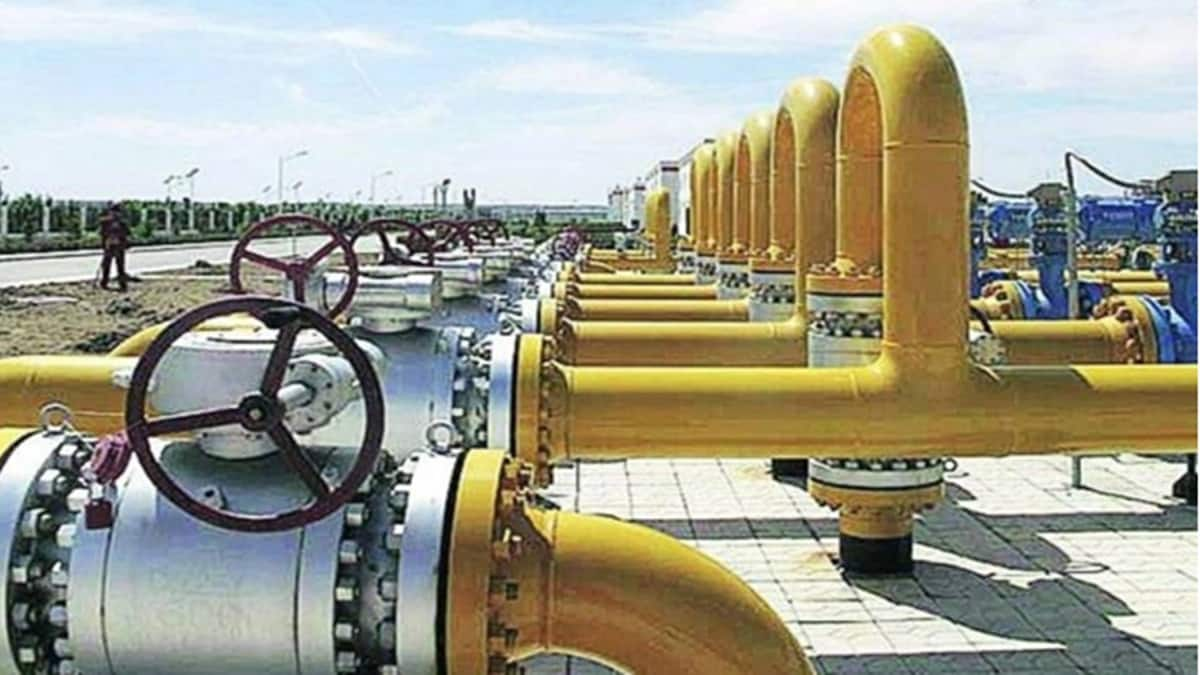
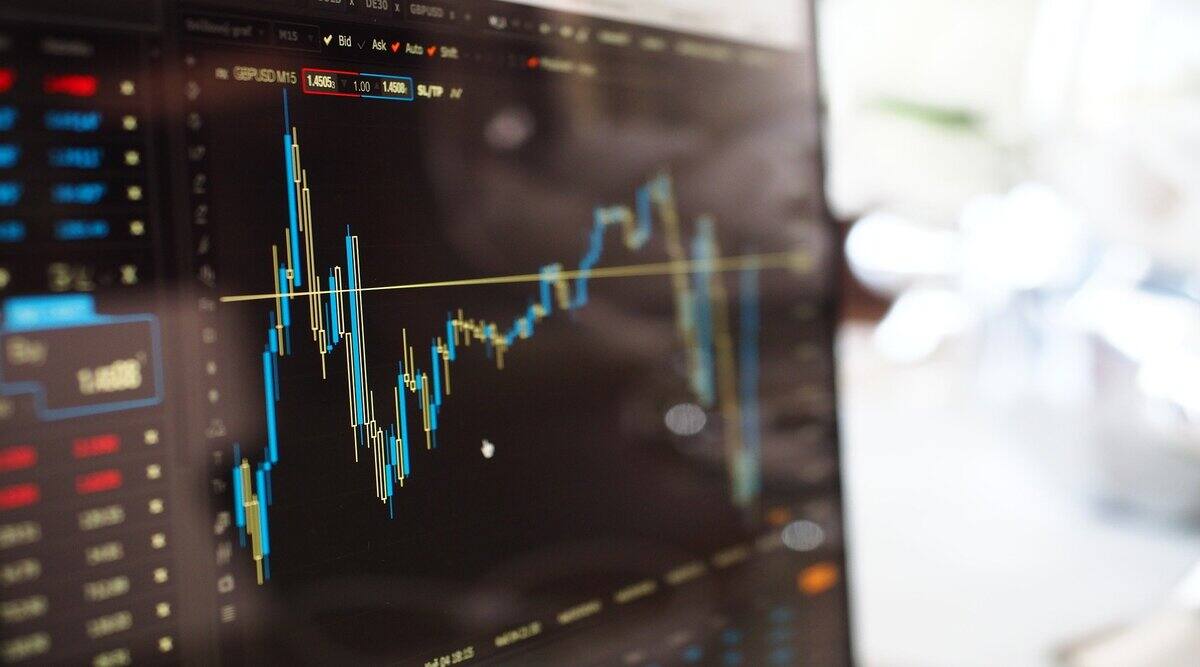
Recent Comments